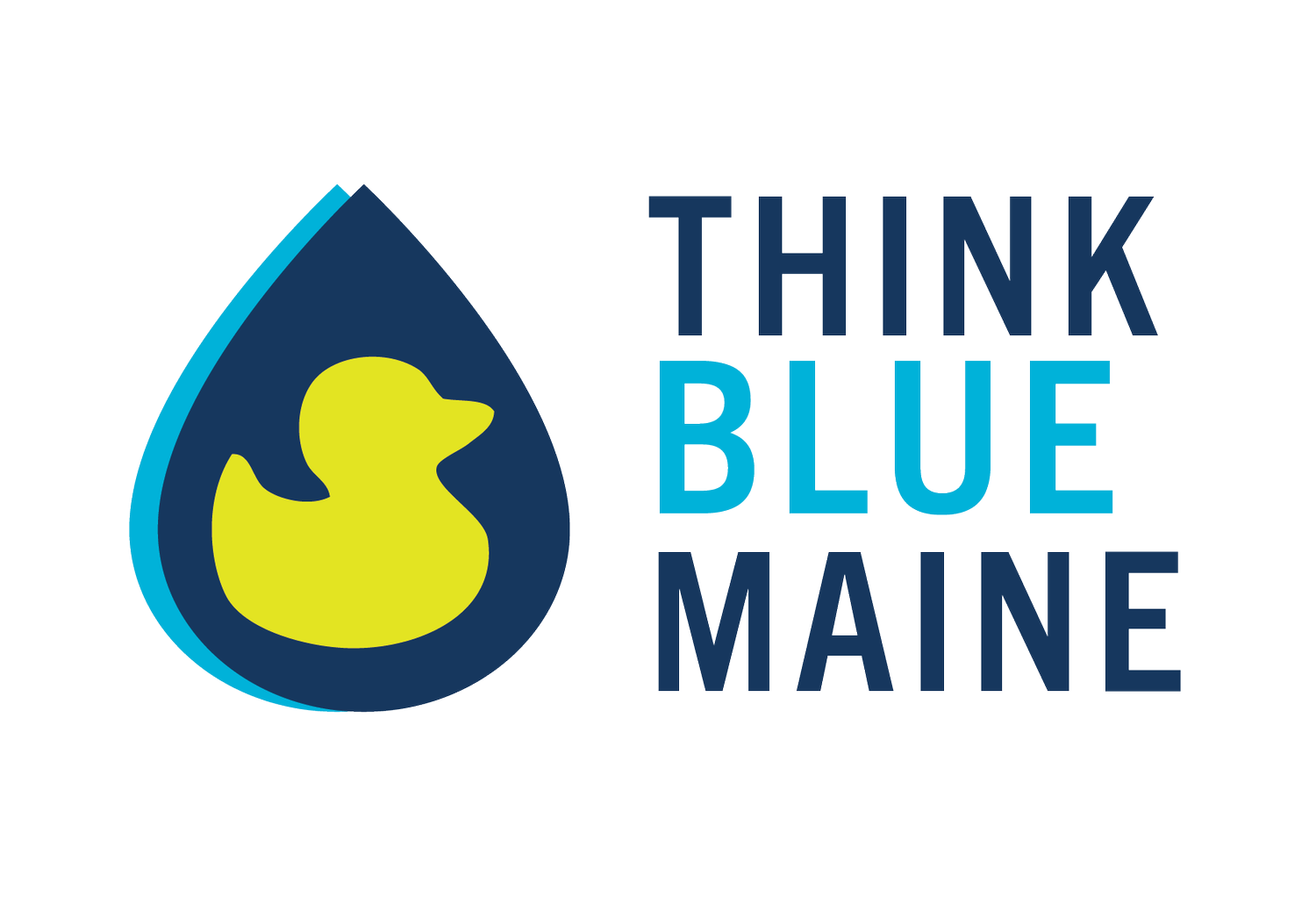Stormwater 101
To prevent flooding and other damage during storms, municipalities and private properties benefit from stormwater infrastructure like storm drains, underground pipes, ditches, detention ponds, and other stormwater management systems. Most stormwater infrastructure is installed and maintained by municipalities. Depending on the location, stormwater may be managed on site or sent through the stormwater system to a nearby body of water or vegetated area. Engineers and researchers have developed many ways to redirect, filter, and manage stormwater, called Best Management Practices.
Pervious vs Impervious Surfaces
Pervious surfaces, like vegetated areas, allow water to soak into the ground. Impervious surfaces include hard surfaces like roads, roofs, and other surfaces that water can’t soak into and instead flows on top of, creating runoff that often picks up pollutants. Pavement, concrete, and other hard surfaces can be designed to allow water to permeate through them so it can soak into the ground.
Green and Gray Infrastructure
Green infrastructure, such as gravel wetlands and bio-retention areas, filter and retain stormwater to decrease the amount of stormwater that we send to streams, rivers, and lakes and reducing the amount of pollutants in the water. Gray infrastructure, such as pipe systems and underground basins, redirect runoff to water bodies without filtration. The University of New Hampshire Stormwater Center has many resources on Gray and Green infrastructure methods. Sites often use both gray and green best management practices together.
Low Impact Development
Low impact development (LID) is a stormwater management tool for land development or re-development that focuses on using or mimicking natural stormwater filtering, absorption, and storage to reduce the amount of stormwater that leaves a property and needs to use municipal stormwater infrastructure. LID can also be used to reduce the likelihood of stormwater runoff picking up pollutants by reducing the amount of area it travels over.
Flood Prevention
Stormwater infrastructure helps prevent flooding by redirecting, storing, or absorbing runoff from streets and impervious surfaces. Green Infrastructure prevents flooding by allowing water to enter the ground closer to the source and storing and filtering the rainwater over time. Gray infrastructure stores flood water or directs it into a nearby water body.
Stormwater Utility Information
There are several ways municipalities can pay for stormwater infrastructure. Many regions of the United States use a stormwater fee based on taxpayers’ lots size or impervious surface area and a baseline fee. There are over 1,716 stormwater utilities in the United states and over 40 states have at least one. The stormwater utility method has many benefits, including providing adequate funding for infrastructure and equity in how the money is collected. By using a stormwater utility, it engages the public in understanding the relationship between their property design and the supporting flood prevention and stormwater infrastructure.




